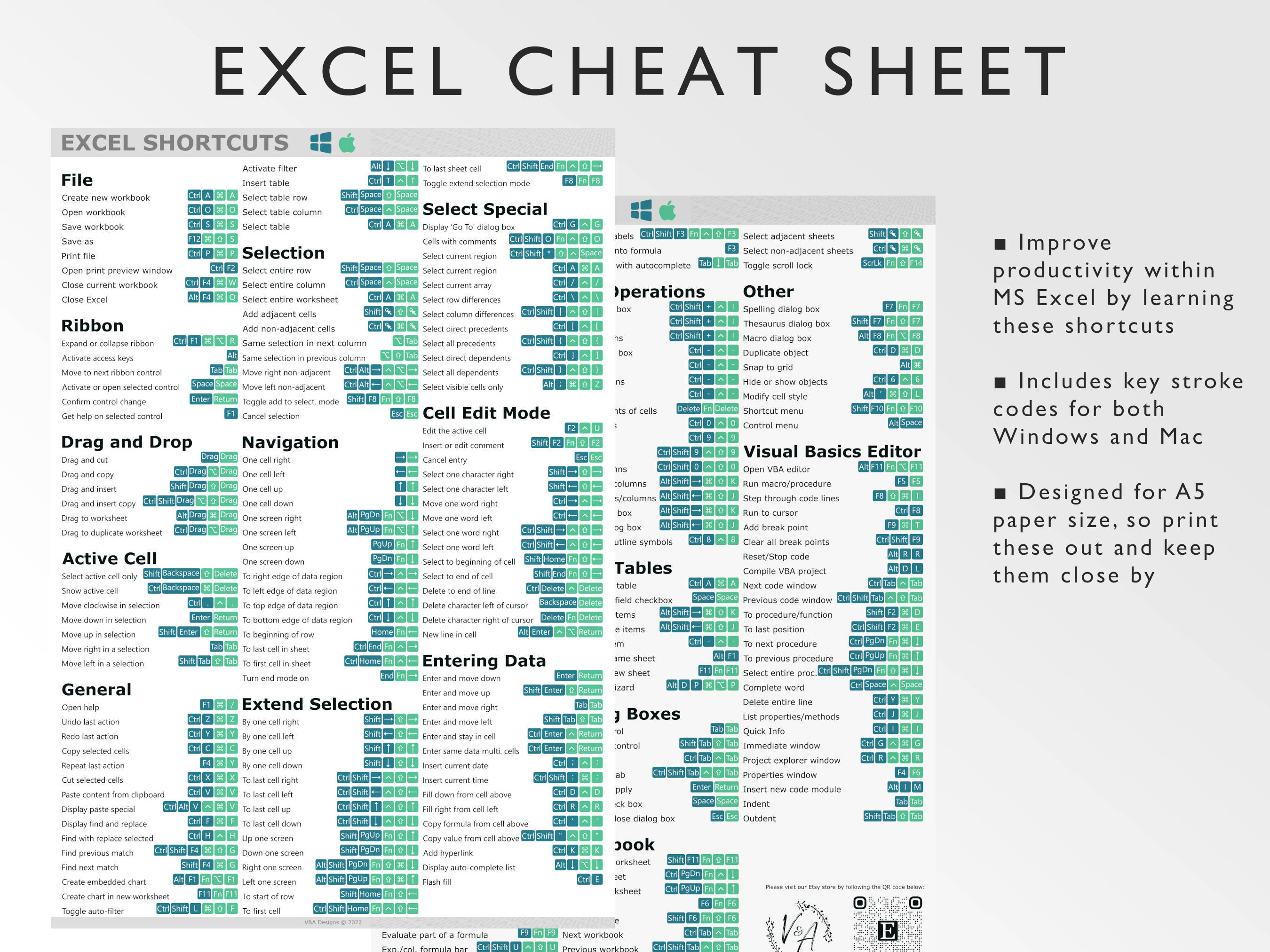5 Simple Tricks to Organize Your Excel Sheet

Do you often find yourself struggling with a cluttered Excel sheet, unable to find the information you need efficiently? Whether you're managing a small personal project or an extensive dataset, organizing your Excel sheets can save you time and significantly increase productivity. Here, we'll explore five simple yet effective tricks to keep your Excel spreadsheets clean, coherent, and easy to navigate.
The Art of Freezing Panes


When working with large datasets, one of the biggest challenges is keeping track of headers or important columns as you scroll. Here’s how to master this:
- Navigate to the ‘View’ tab on the Excel ribbon.
- Select ‘Freeze Panes’ from the drop-down menu.
- Choose from ‘Freeze Top Row’, ‘Freeze First Column’, or ‘Freeze Panes’ to keep multiple rows or columns in place.
Using this feature:
- Prevents headers from scrolling out of view.
- Allows for easy reference as you work with extensive data.
🔍 Note: Freezing panes does not affect your data. It only changes how Excel displays your spreadsheet.
Conditional Formatting for At-a-Glance Insights

Conditional formatting turns data analysis into a visual exploration. Here’s how you can apply it:
- Select the cells or range you want to format.
- Under the ‘Home’ tab, click on ‘Conditional Formatting’.
- Choose from preset rules or create a new one to highlight data based on conditions like value thresholds or text content.
The benefits of using conditional formatting include:
- Instant recognition of patterns or anomalies.
- Helps in quickly identifying key data points through color coding.
Mastering Cell Locking with Protect Sheet

If you're sharing your Excel sheet or need to ensure certain parts of your data remain unaltered:
- Select the cells you wish to lock (usually, by default, all cells are locked).
- Right-click and choose 'Format Cells', go to the 'Protection' tab, and ensure 'Locked' is checked.
- Go to 'Review' > 'Protect Sheet' and set a password if necessary.
This locks your selected cells, preventing any unintended changes:
- Protects critical information from being edited.
- Provides a level of control when sharing spreadsheets.
🔒 Note: Protecting a sheet locks only cells marked as 'Locked'. Make sure to mark the cells you wish to keep editable as 'Unlocked' before applying sheet protection.
Naming Ranges for Better Navigation


Names provide a shorthand for cell ranges, making formulas easier to read and manage:
- Select the range of cells you want to name.
- In the ‘Name Box’ (located next to the formula bar), type the name you want to assign to that range.
- Or, go to ‘Formulas’ > ‘Define Name’ to create or manage names.
Naming ranges:
- Reduces errors in formulas.
- Improves document readability and simplifies navigation.
Creating Organized Data with Tables

Convert your data into tables to gain access to Excel's powerful table features:
- Select your data range.
- Go to 'Insert' > 'Table' or use the keyboard shortcut Ctrl + T.
- Your data will now have features like auto-filtering, structured references, and automatic formatting.
Using tables offers the following advantages:
- Dynamic expansion as data grows.
- Built-in sorting and filtering tools.
- Improved readability with banded rows.
📝 Note: Tables in Excel automatically carry over formatting and formulas when new data is added, streamlining the process of updating your spreadsheets.
Summing up, keeping your Excel sheets organized is not just about aesthetics; it significantly impacts how effectively you can work with data. By employing these five tricks—Freezing Panes, Conditional Formatting, Cell Locking, Naming Ranges, and Creating Tables—you can transform any chaotic Excel sheet into an organized, intuitive, and efficient workspace. Remember, the key to mastering Excel is consistency and a bit of creativity in organizing your data.
Can I freeze both rows and columns at the same time in Excel?

+
Yes, you can freeze both rows and columns. Simply select the cell below the rows and to the right of the columns you want to freeze, then choose ‘Freeze Panes’ from the ‘View’ tab.
What happens if I format cells that are already protected?

+
If you attempt to format protected cells, Excel will prompt you to enter the password to unprotect the sheet before allowing any changes.
Do named ranges update when data is added to them?

+
Named ranges do not automatically update when data is added unless you convert the data into a Table. Tables in Excel will expand dynamically with new data.
How do I remove conditional formatting in Excel?

+
Select the cells with the formatting you wish to remove, then navigate to ‘Home’ > ‘Conditional Formatting’ > ‘Clear Rules’ > ‘Clear Rules from Selected Cells’.
Is there a way to revert back if I’ve made a mistake while organizing my Excel sheet?

+
Yes, Excel has an ‘Undo’ feature (Ctrl + Z), and for more extensive changes, you can save versions of your work or create backups before making significant alterations.



